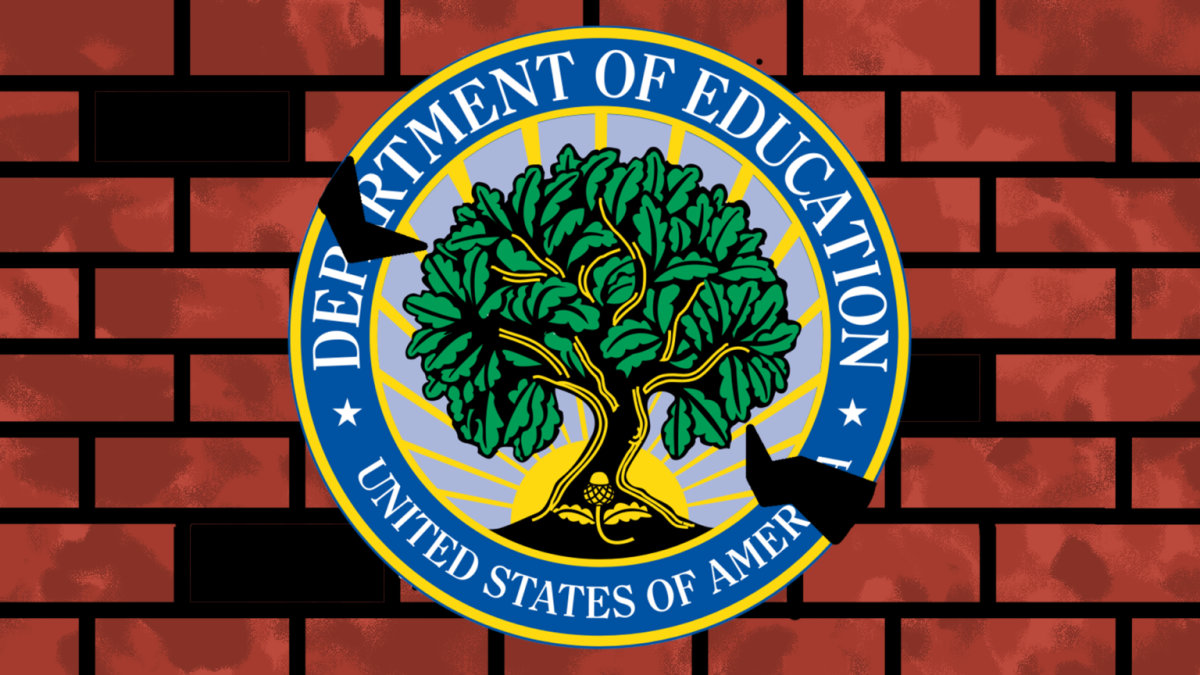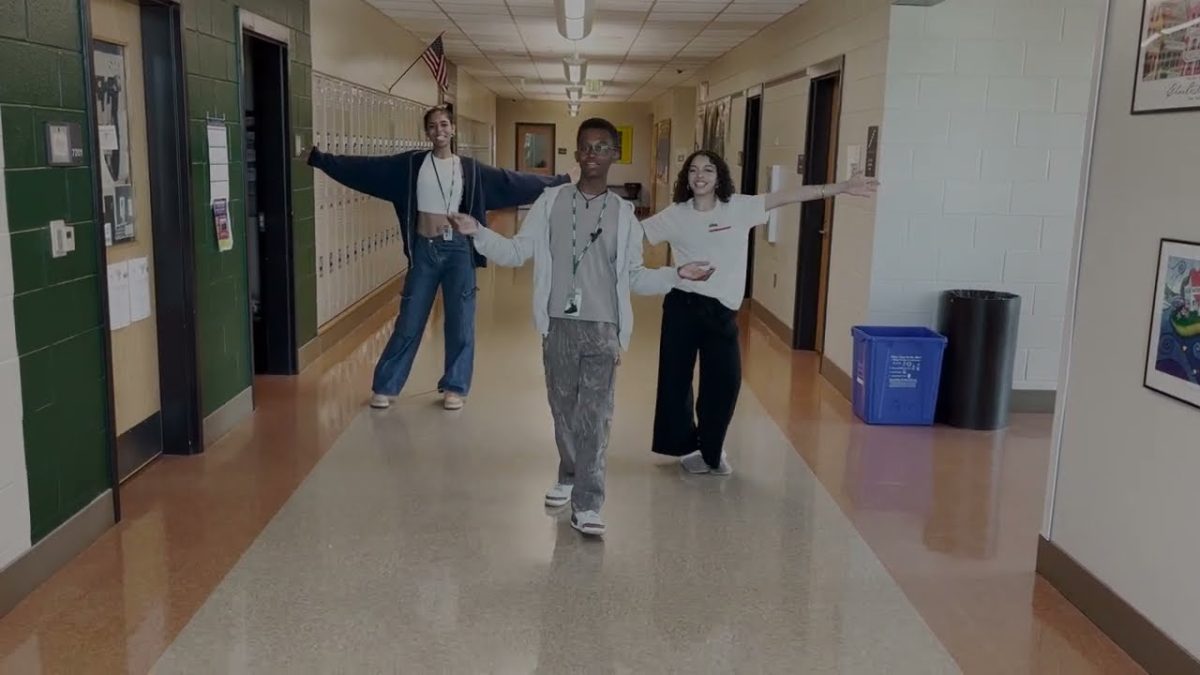Everybody knows that if you grew up in Florence, South Carolina, it’s “PEE-can,” not “pe-CAHN.” This is just one of many disagreements regarding the pronunciation of certain words Americans have across our country’s regions. For example, Aileny Gonzalez argues that the word is pronounced “CARE-a-mel,” while Gannon Rose swears by “CAR-muhl.” Additionally, there is a heated debate over whether our favorite pancake topping is pronounced “SUHR-up” or “SEER-up.”
But everyone can agree on how we pronounce words like “Florida,” “orange,” and “mechanic,” right? Not really. For other New Yorkers or New Jerseyans, at least, there is no “floor” in “Florida,” no “ore” in “orange,” and certainly no “Anne” in “mechanic.”
In case you haven’t noticed, the largest difference between regional accents is the way each uses vowels.
Up in the Northeast, accents retain the subtle differences between the words “Mary,” “marry,” and “merry.” While New York City English was originally developed by immigrants in the Lower East Side and Brooklyn; today, its short vowels and the elongated “aw” sound make it probably the most recognizable regional dialect in all of the United States.
Natives of the Southern states are known for their distinctive drawl. This laid-back and melodic way of speaking can be traced back to past English colonial influences and African-American Vernacular English. In the present day, the pronunciation of words like “pen” and “pin” becomes indistinguishable. This is due to what is known as the Southern Shift. Southern speakers usually replace the long “i” sound with something that sounds more like “ah,” so that “sighed” sounds like “sod” or “time” sounds like “Tom.” A lesser-known aspect of the Southern vowel shift is how the long “a” sound in words like “tame” changes to a long “i” sound. Stretching from Virginia to northern Florida and westward across Texas, Southern accents are often the subject of stereotype and criticism, but we can’t deny that they add a nice charm to whatever is spoken.
As a quick aside, in the 1800s, upper-class British people created their classic “posh” accent to differentiate themselves from the impoverished. Most notably, they would not pronounce the “r” sound under most circumstances. Words like “park” and “car” became “pahk” and “cah.” However, in our years of independence, we Americans have developed our own accents, bringing the “r” sound back to our way of speaking. However, on the eastern side of the country, remnants of our non-rhotic past remain among New Englanders, African-Americans, and older Southerners. Especially in Boston, speakers add a nasal twang to their speech.
You can easily recognize a Chicago/Great Lakes accent; it seems like every vowel is pronounced differently than written! In places like Michigan, “cats” become “KEE-uhts” and “salads” become something more like “SEE-uh-lids.” This is the closest America will get to a fully-fledged Canadian accent.
While Californians are often credited with speaking with the most neutral, general American accent, certain stereotypical dialects like “Valleyspeak” have emerged from early 1980s cultural phenomena, such as Frank Zappa’s “Valley Girl” and the cult classic film Fast Times at Ridgemont High. So-called “Valley girls,” a term for upper-class and materialistic women from the surrounding Los Angeles area, have popularized words like “awesome,” “totally,” and “gnarly,” on an international level.
Yet despite our minor differences, research has shown that, in younger generations, our speech is homogenizing. In most large cities, young people are employing in their speech what is known as the Low-Back Merger, in which the difference in vowel sounds in words like “cot” and “caught” slowly disappears. Additionally, the coil-curl merger, once ubiquitous in the Northeast, almost no longer exists. Especially as we become more globalized, even within our own borders, our regional differences diminish, and so does the separation of our dialects. Especially among young adults, it is difficult to pinpoint a speaker’s origin solely based on their manner of speaking.
Ultimately, our regional dialects only add to our country’s rich tapestry of cultural diversity and celebrate our influences from all corners of the world.














